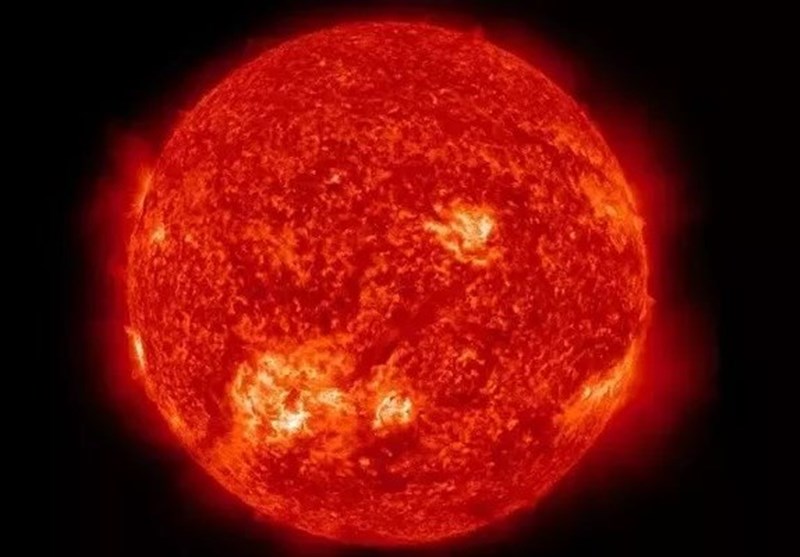Astronomers Get Best Look Yet at Surface of a Red Giant Star
TEHRAN (Tasnim) – Astronomers have gotten their best look yet at the surface of a red giant star.
And it could help them confirm current theories about how stars behave.
In 2014, using the Precision Integrated-Optics Near-infrared Imaging ExpeRiment (PIONIER) instrument on the European Southern Observatory’s Very Large Telescope Interferometer, astronomers caught a glimpse of the star called P1 Gruis. The image they captured was in unprecedented detail—they could even make out some of the activity on the star’s surface.
Lying roughly 530 light years from Earth, P1 Gruis isn’t a newly discovered star. In fact, as George Dvorsky at Gizmodo reports, it was first recorded in 1756. It actually has this old age to thank for its strange name. As Dvorsky explains, “the moniker comes from an old-timey naming convention known as a Bayer designation, a system that labels stars with a Greek letter followed by the Latin name of its constellation.”
The star is considered a mid-sized red giant, with a mass 1.5 times that of our own sun. But as the star slowly uses up its fuel—and heads to stellar death—it’s swollen in size. It’s now 350 times larger than our sun. But unlike heavier stars, when it completes its lifecycle, Gruis likely won’t explode in a spectacular supernova. According to an ESO press release, Gruis’ modest size suggests that it will instead expel its outer layers, creating a beautiful planetary nebula.
The image captured by PIONIER suggests that on its surface, Gruis has many regions of churning material known as granules, or convection cells. These areas mark regions in the plasma-filled photosphere where heat is being transferred to the surface of the star, similar to water boiling. The convection cells are like bubbles in the plasma, cooling as they rise to the surface, popping and sinking back into the photosphere. The image of Gruis was so detailed that researchers were able to determine that the star is covered in giant convection cells, with the average cell about 27 percent the diameter of the star, confirming theories about the physics behind red giants. Our own sun has roughly two million convection cells on its surface, each roughly 1,250-miles across. The research appears in the journal Nature.
Researchers have captured images of other red giants in the past, including a great image of Antares unveiled last August. But many other red giants have dust or gas surrounding them, obscuring detailed views of their surface. The atmosphere surrounding Gruis, however, is mostly dust free, which may have allowed researchers to get a better good look at its convection cells, according to a press release.
“This is the first time that we have such a giant star that is unambiguously imaged with that level of details,” Fabien Baron, Georgia State University astronomer says in the release. “These images are important because the size and number of granules on the surface actually fit very well with models that predict what we should be seeing. That tells us that our models of stars are not far from reality. We’re probably on the right track to understand these kinds of stars.”
The fate of this star could also provide clues to our own. Like Gruis, our sun will eventually swell into a red giant, consuming the planets in the inner solar system (including Earth). But its next step remains unclear. Many researchers believe that it’s likely that the sun will also eventually become a nebula—its core contracting into a white dwarf, although some research indicates the sun might be a tad too small to become a nebula. If that’s the case, researchers aren’t sure what will happen to it. But don’t worry about finding a seat on a spaceship just yet. It’s going to be a while—billions of years to be more exact—before the sun meets its fate, whatever that may be.





